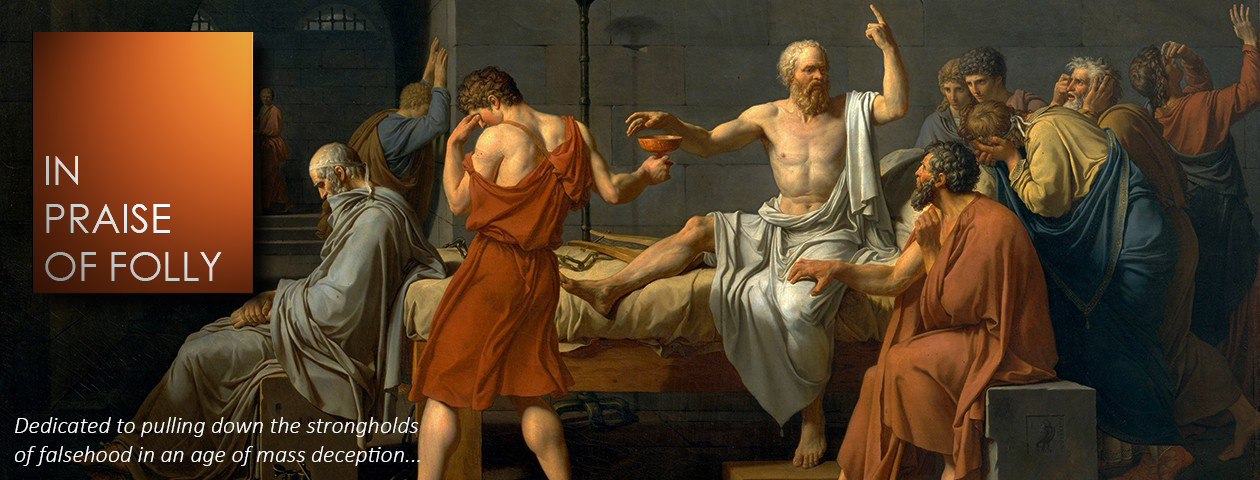By Todd Lewis
In my previous essay, The Not So Dark Ages: Part One, I attempted to dispel certain myths and misconceptions about the relationship of the Church to science in the Medieval and Classical eras. There I focused primarily on the West. Here, I will focus mainly on the East. The atheist polemics nearly always deal with the Catholic church during this period. The fact that the Eastern Roman Empire, centered in Constantinople, and the Eastern Orthodox church, which also resided there, is so unknown as to not even be fodder for a polemic is a sign of the sad hand that Byzantium has been dealt by history. The Eastern Roman Empire survived for another thousand years after the fall of the Western Empire. I will henceforward refer to the Byzantine Empire as the Roman Empire, since the Byzantines themselves never saw themselves as anything other than Roman. I will not use the term “Eastern” either, since there was only one Roman Empire; even in 395 it had two joint emperors. It preserved much of the classical knowledge that was lost in the West, and in its final collapse the last line of ancient Romans fled to Italy, ultimately serving to develop and aid the nascent Renaissance of which we are so familiar.

